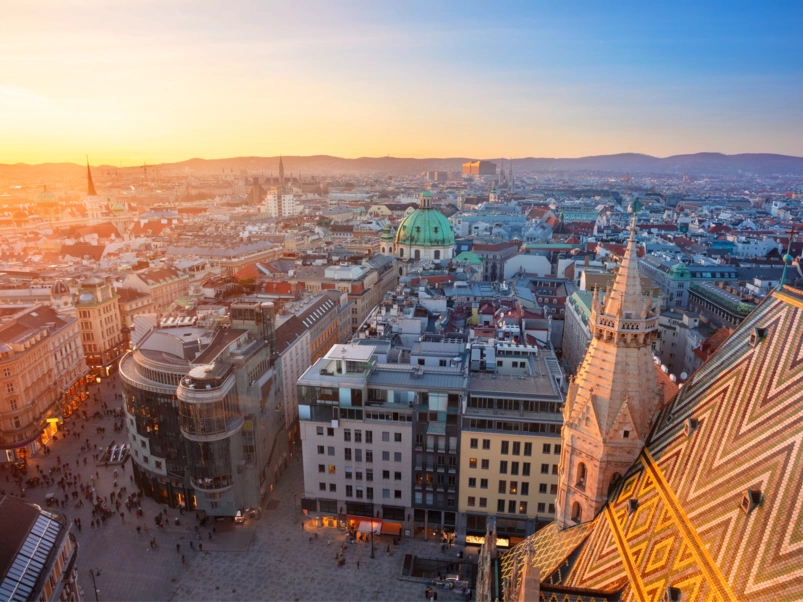
Torso
The sculpture is highly abstracted, yet our eye immediately connects it with the forms of a human body. Daniel Bucur has created a human figure here. Along the vertical axis, the figure is strictly symmetrical. The two bulges are also symmetric along an imaginary horizontal axis, representing the upper and lower parts of the torso, between the shoulder and hip. Abstraction arises from unnatural lengths in their vertical orientation. The neck and legs have a similar length and are symmetric to each other. Nevertheless, the connection between the head and feet is formed without explicitly representing these two parts of the body.
The surface is roughly cut with a flex. This reflects both the sensitivity to the material and the strength and coarseness with which one can work the material. The oak wood with its charming irregularities also contributes to the overall picture. As is often the case, here, too, less is often more. The artist has succeeded in creating a body with a simple, abstract form.

_262_1_0e60f55ae159784d7cdf5b89f950093e.jpg)

